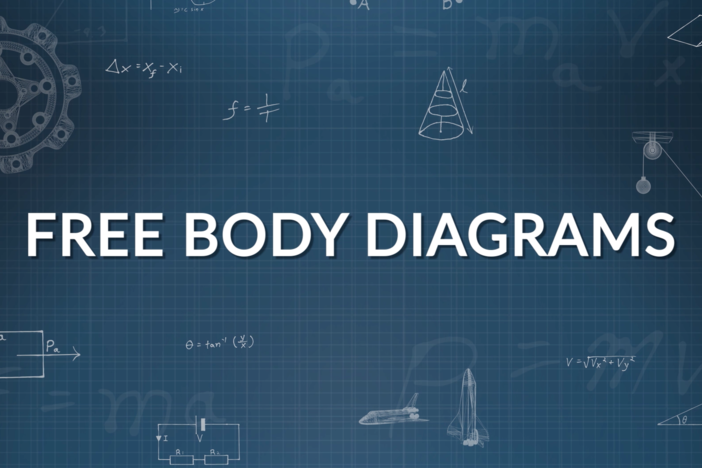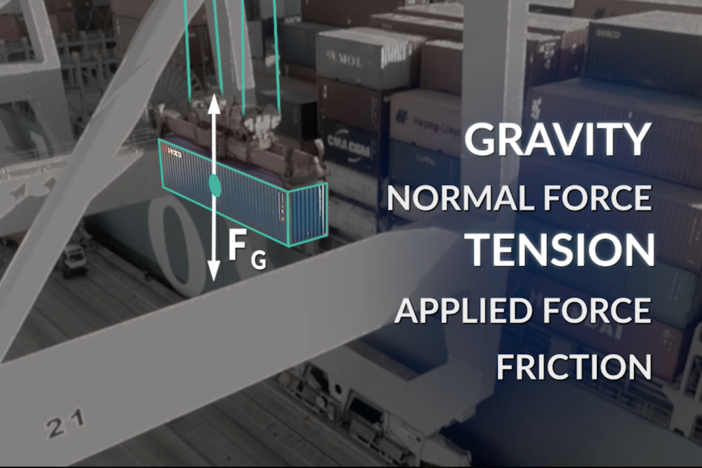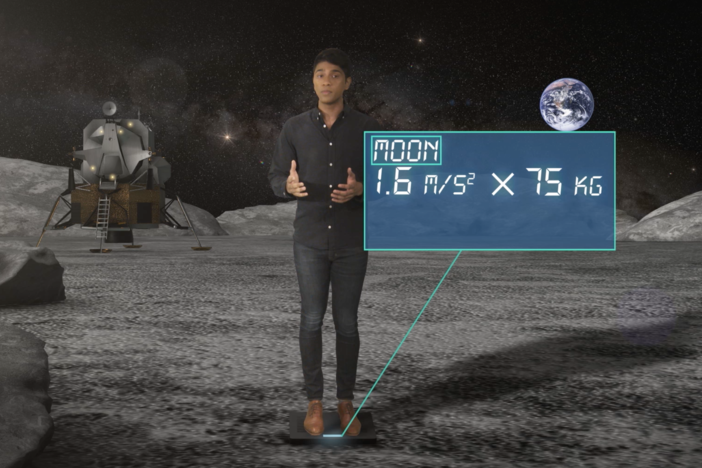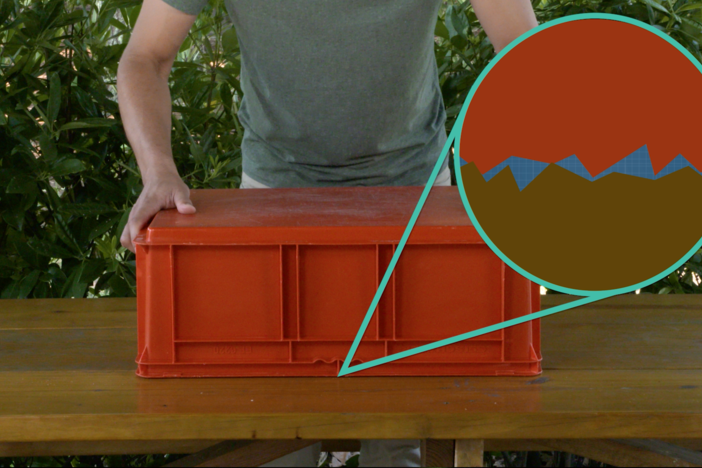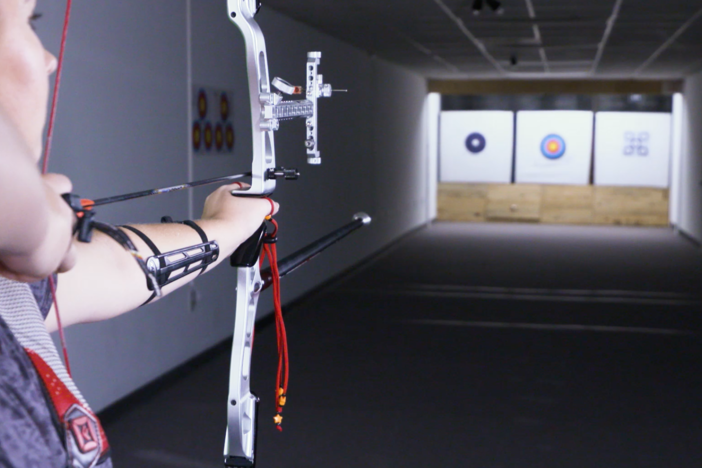Segment B: Free Body Diagrams
We visit a bustling port on Georgia's coast to illustrate how free body diagrams help us analyze forces. Useful rules for drawing free body diagrams are also explained.
Segment B: Free Body Diagrams
We visit a bustling port on Georgia's coast to illustrate how free body diagrams help us analyze forces. Useful rules for drawing free body diagrams are also explained.
Science
Obtain, evaluate, and communicate information about how forces affect the motion of objects.
Develop and use a model of a Free Body Diagram to represent the forces acting on an object (both equilibrium and non-equilibrium).
Obtain, evaluate, and communicate information to explain the relationships among force, mass, and motion.
Construct an explanation based on experimental evidence to support the claims presented in Newton's three laws of motion.
-Understand the rules associated with the creation of a free body diagram that represents the forces acting on an object.
-Discern what different types of forces are and how to label them on a free body diagram.
-Draw free body diagrams for objects that have forces acting on them in one dimension and two dimensions.
balanced forces - when the sum of the forces acting on an object are equal the object will remain at rest, or it will move at a constant velocity.
force - a push or a pull.
free body diagram - a figure used to visualize the forces acting on an object in a given condition.
net force - the sum of all of the forces acting on an object.
unbalanced forces - when the sum of the forces acting on an object are not equal, the object will accelerate or decelerate.
The Physics in Motion teacher toolkit provides instructions and answer keys for study questions, practice problems, labs for all seven units of study. GPB offers the teacher toolkit at no cost to Georgia educators.To order your teacher toolkit, complete and submit this form to request the teacher toolkit. You only need to submit this form one time to get materials for all seven units.
